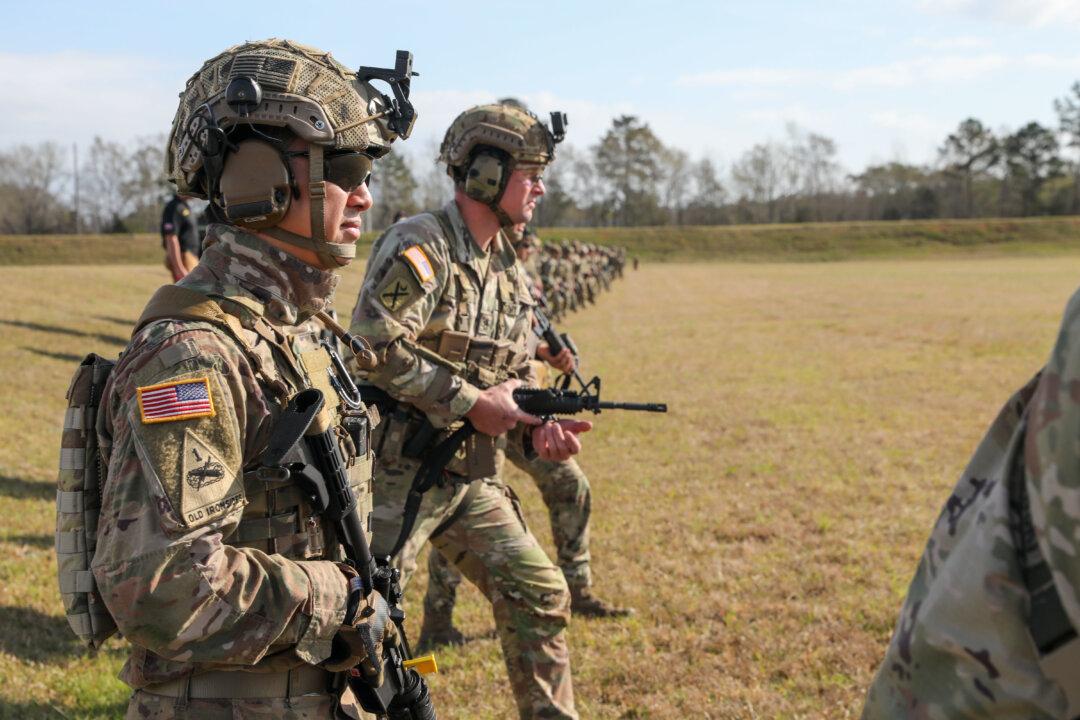Commentary
The most baffling Department of Defense military force structure decision of 2023 is the Army’s decision to single out the Army Special Operations community for downsizing.

The most baffling Department of Defense military force structure decision of 2023 is the Army’s decision to single out the Army Special Operations community for downsizing.